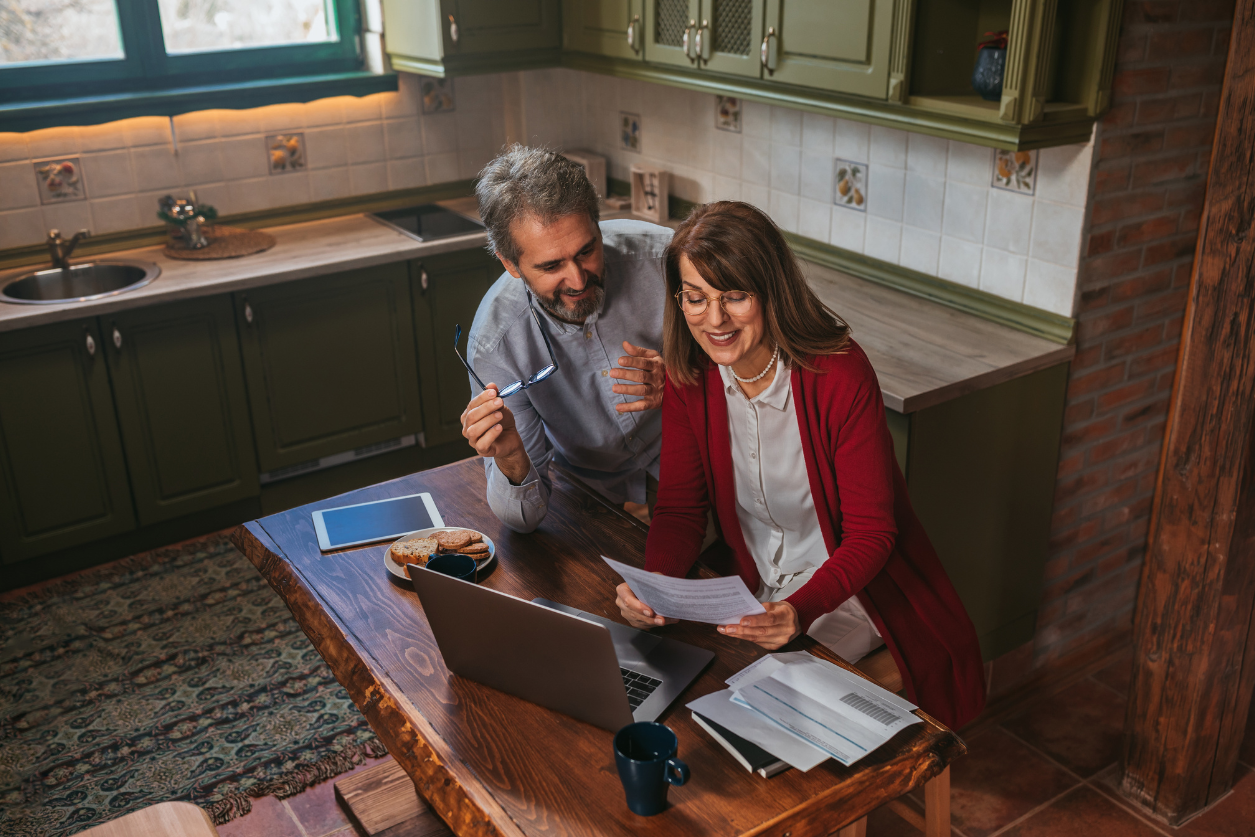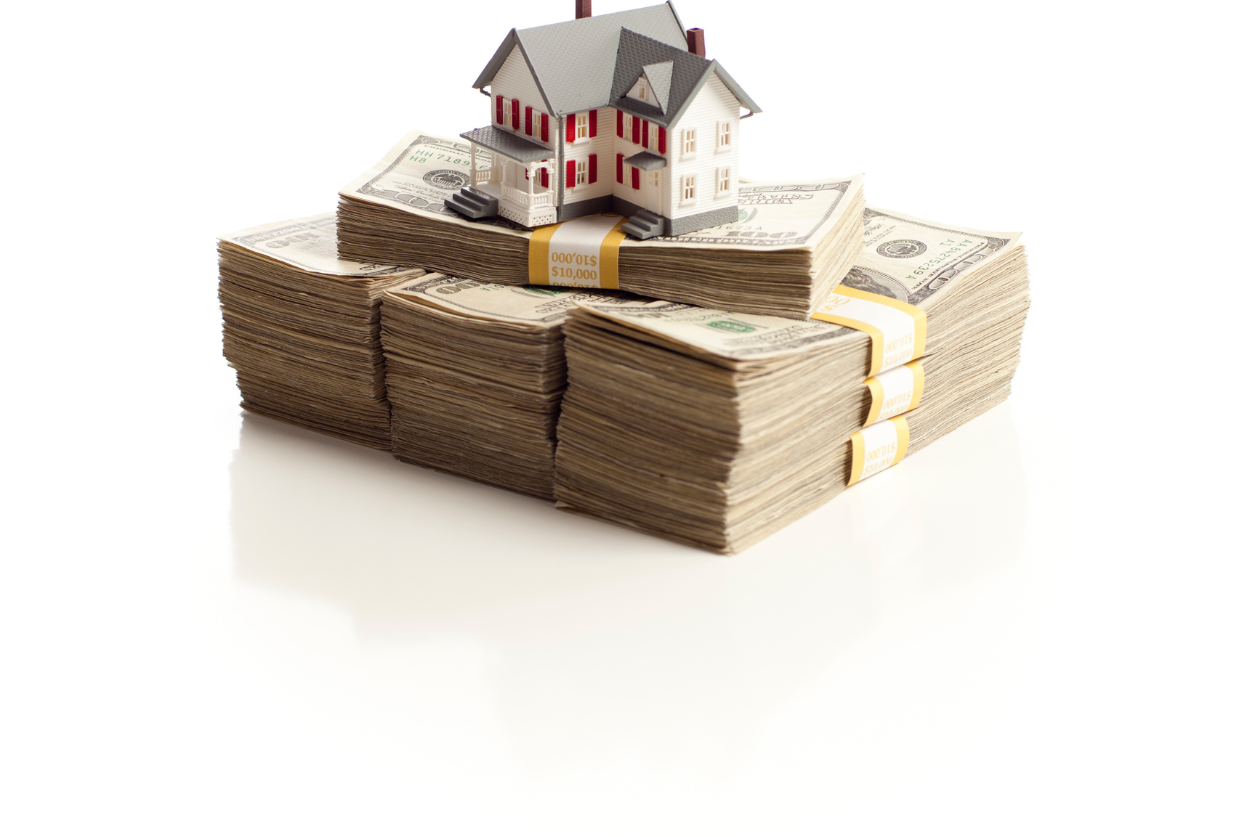Thinking about money in an emotional context might seem a little strange. After all, money is an inanimate object. But, while money doesn’t have emotions, people do. And people who let emotional triggers influence their spending can suffer disastrous consequences, especially at a time when the economy is in such an uncertain state. At Achieva, we want to help you avoid those pitfalls, and prosper financially and beyond.
So what do we mean by emotional spending? Psychology Today defines emotional spending as purchasing something as a response to emotional triggers instead of our actual, rational needs.
Let’s take a look at how emotional spending can show up in your everyday life, so that you can recognize the signs and avoid the financial traps.
Trap #1: Buying Things Based On How You Feel
Have you ever received good news and bought a celebratory gift? Ever used retail therapy to overcome bad news? Did you make a spur-of-the-moment purchase for something you didn’t need but somehow believed you couldn’t live without?
That’s emotional spending. But, it’s nothing to be ashamed of. A 2023 LendingTree survey says nearly 70% of Americans admit to spending emotionally.
Experts say a key way to combat emotional spending is by developing and sticking to your budget.
Achieva also offers a variety of checking and savings accounts with features like online banking and automatic savings to help you easily navigate your finances.
Trap #2: Trendy Spending (or Emotional Spending to Keep Up with Others)
There’s an old idiom, “keeping up with the Joneses,” for people who felt pressure to match or surpass the lifestyle of their neighbors.
Social media has, for some, infinitely amplified that feeling. Folks aren’t just competing with their “physical” neighbors or friend groups, they’re also competing with millions of strangers online.
It’s not a secret how watching the lives of others has increased our anxieties, our goals, and, yes, our spending. The feeling of inadequacy is an emotional trigger that can drive you to buy things you don’t need to keep up with the (digital) Joneses. That’s why you need to confront those feelings before they spiral out of control.
Trap #3: One-Time Purchases That Cost More Over Time
Sometimes a “one-time” purchase can be much more than you bargained for. You’ve treated yourself to a random purchase and it’s somehow caused a chain reaction of purchases to maintain the treat.
This is otherwise known as the Diderot effect.
For example, let’s say you receive a raise at work and buy a new, expensive electric toothbrush. To maintain the toothbrush, you now use electricity to charge it and are tasked with buying new toothbrush heads for your new purchase to work consistently.
One purchase turns into two purchases. Two purchases turn into four. Before you know it, the electric toothbrush becomes a monthly bill that costs more than just your initial payment. Not counting those purchases is just one of the myriad of ways you can overspend on items. It’s important to notice and keep track of it.
Defeat the Beast
These are just a few of the ways emotional spending can show up, but, as you can see, a few small decisions, good or bad, can really add up. The best way to prevent this phenomena from ruining your finances is to do your best to keep your emotions in check.
When you can recognize how surprisingly easy it can be to become an emotional spender, it makes it easier to make financial decisions that will benefit you in the long-run. Open an account at Achieva and speak with one of our financial advisors to help you build the best financial future.
Need more financial content? Continue following the Achieva Life Blog for additional money-saving articles.
Additional Resources:
Psychology Today, The Psychology of Emotional Spending
Lending Tree, 69% of Americans Admit to Emotional Spending
ING, What is the Diderot effect?








